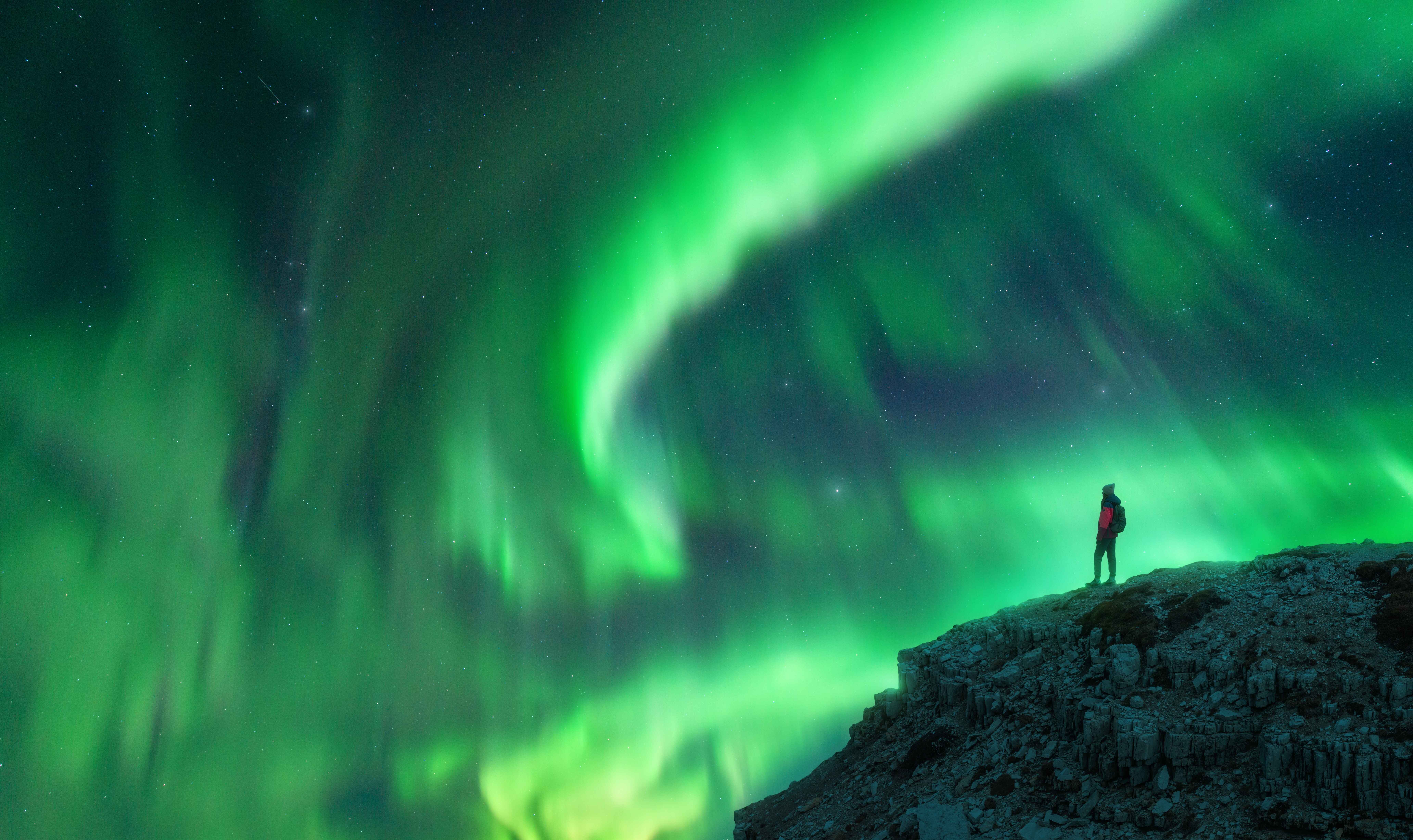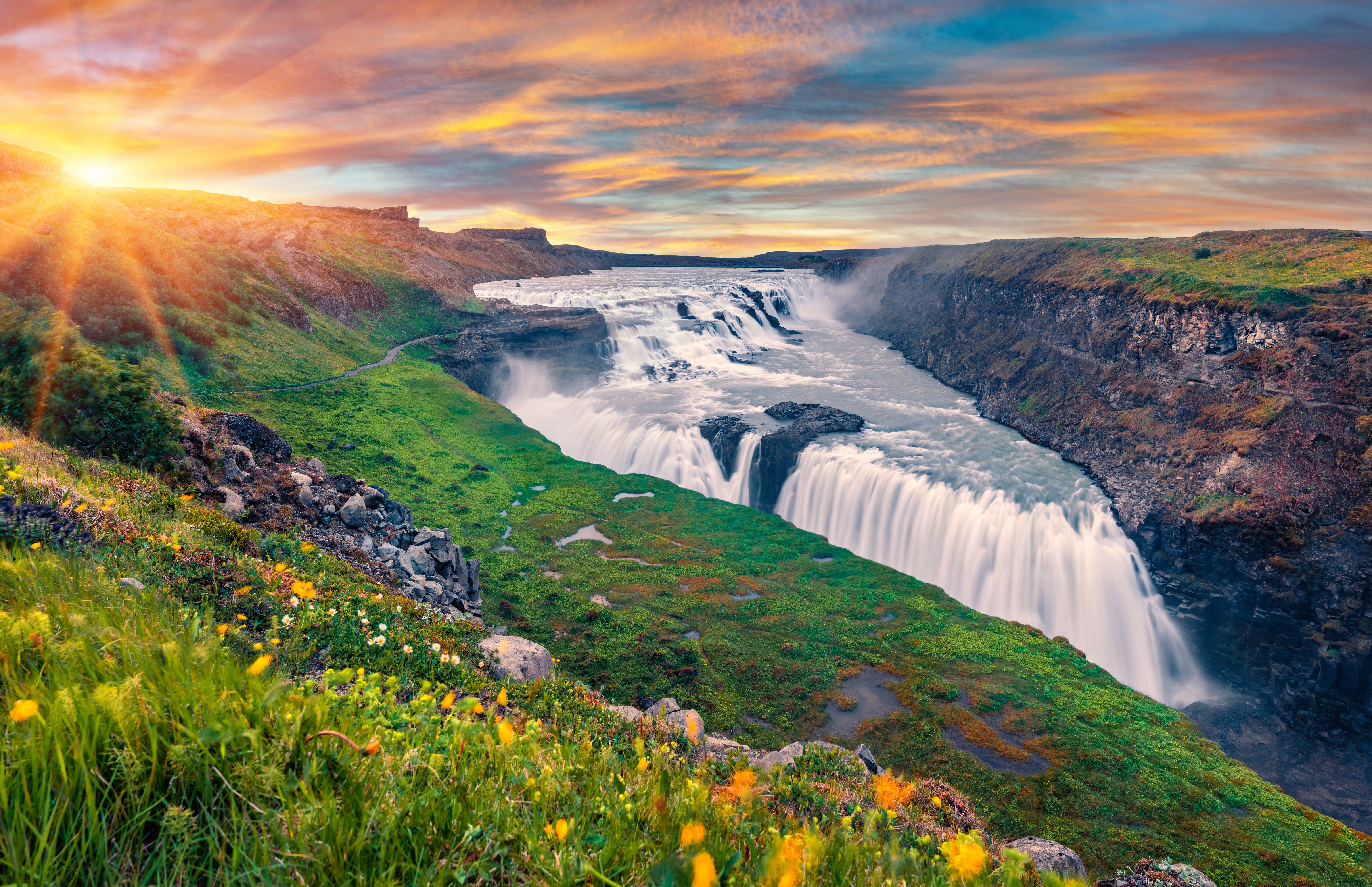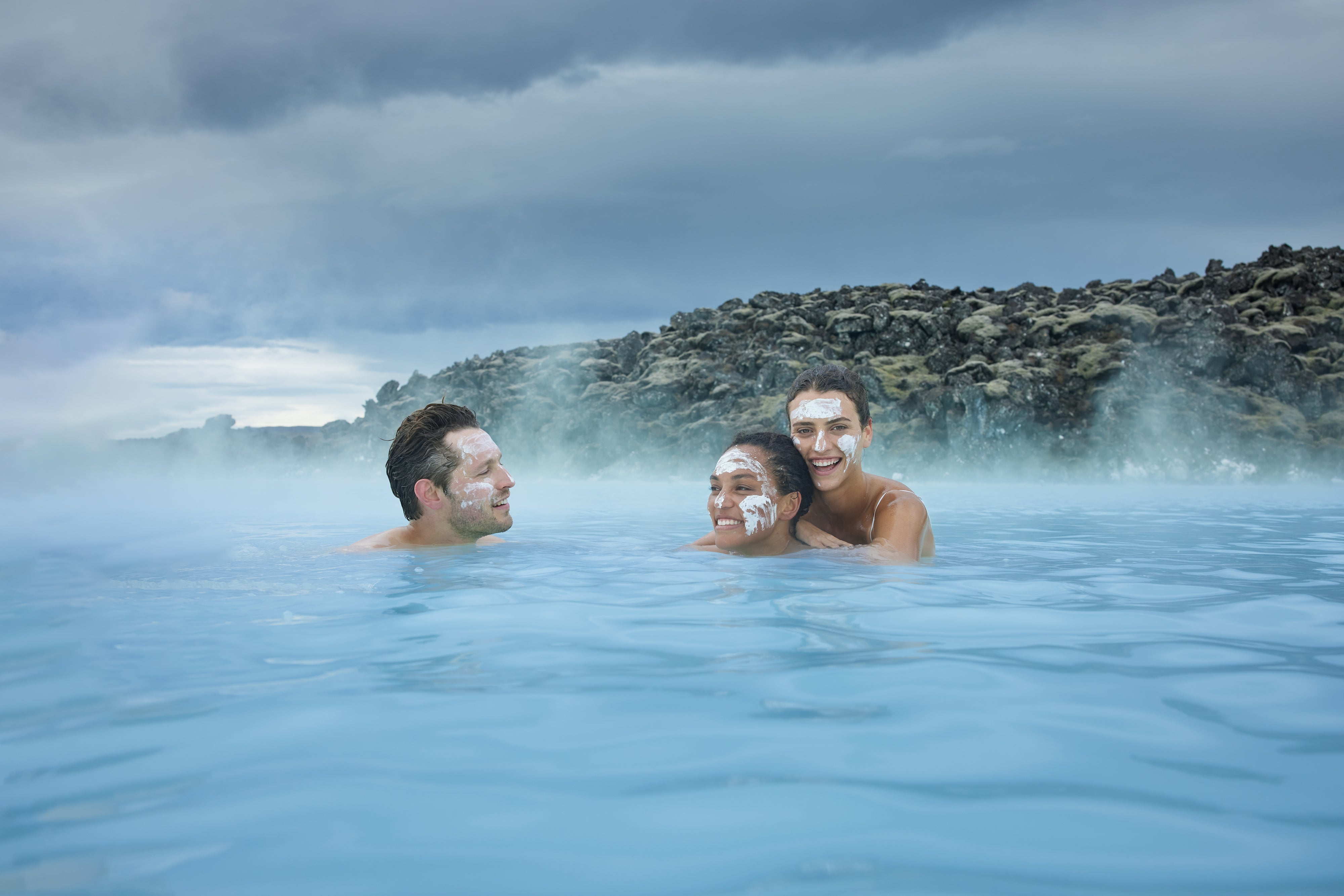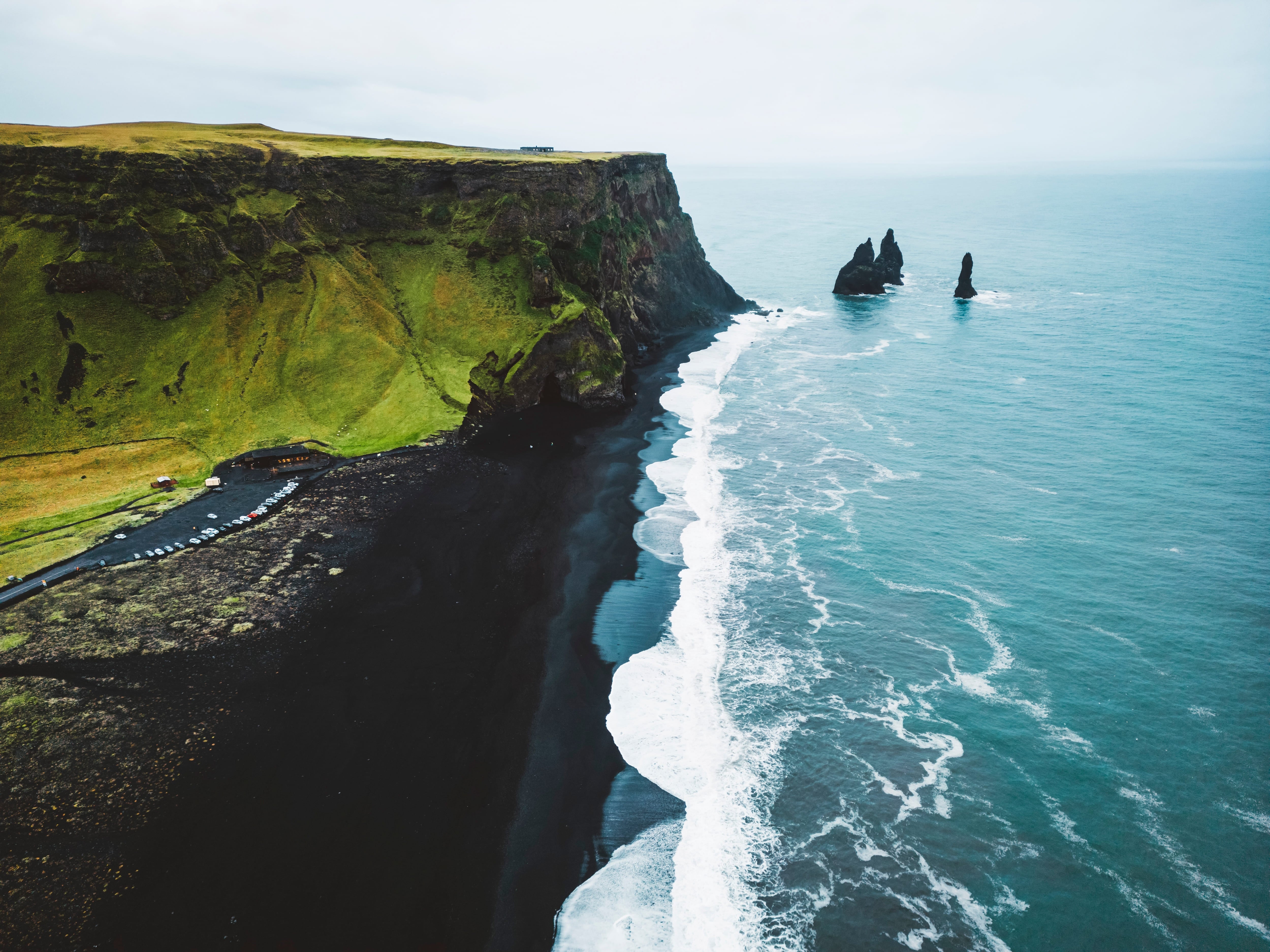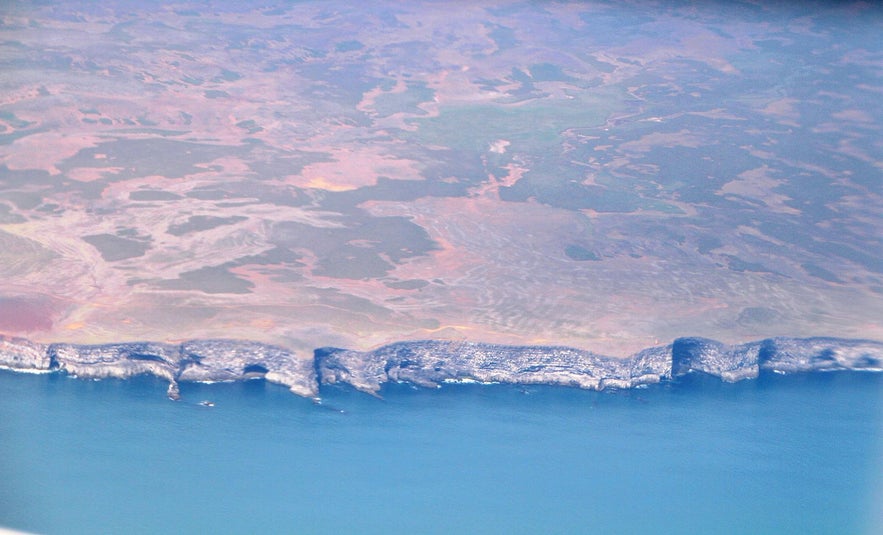
Krýsuvíkurbjarg is a bird cliff on the Reykjanes Peninsula. It can be spelt Krísuvíkurbjarg, Krísuvíkurberg, or Krýsuvíkurberg.
Explore this area while on a self drive tour in Iceland.
저희의 콘텐츠를 신뢰할 수 있는 이유
가이드투아이슬란드는 아이슬란드에서 가장 믿을 수 있는 여행 플랫폼으로, 매년 수백만 명의 여행객이 저희와 함께 아이슬란드를 방문합니다. 저희의 모든 콘텐츠는 아이슬란드를 누구보다 잘 아는 현지 전문가들이 작성하고 검토하므로, 정확하고 신뢰할 수 있는 최신 여행 정보만 제공합니다.
Photo above from Wikimedia, Creative Commons, by Bjoertvedt. No edits made.
Location and Description of Krýsuvíkurbjarg
Krýsuvíkurbjarg is located on the southern coastline of the Reykjanes Peninsula in south-west Iceland. It stretches for 15 kilometres (9 miles), making it one of the longest birdwatching cliffs in Europe, and at its highest stands at 40 metres (131 feet).
To get to it from Reykjavík, follow Route 41 south, and turn left onto Route 42. Following this road will take you to Route 427, where you will find a carpark. To reach the cliffs from here, you will need to hike 130 metres (427 feet) south.
Birdlife at Krýsuvíkurbjarg
Krýsuvíkurbjarg is home to 60,000 individual birds in the height of summer, when migratory species come to lay their eggs. The most common species are fulmar, guillemots, razorbills, peewits and kittiwakes, and there are small numbers of puffins that nest here in summer.
It should be noted that more puffins can be found at other locations, such as the Westman Islands, the Dýrhólaey rock arch, the islands of Akurey and Lundey, and Latrabjarg in the Westfjords.
In winter, there are fewer birds, but gulls and a few other species still nest here.
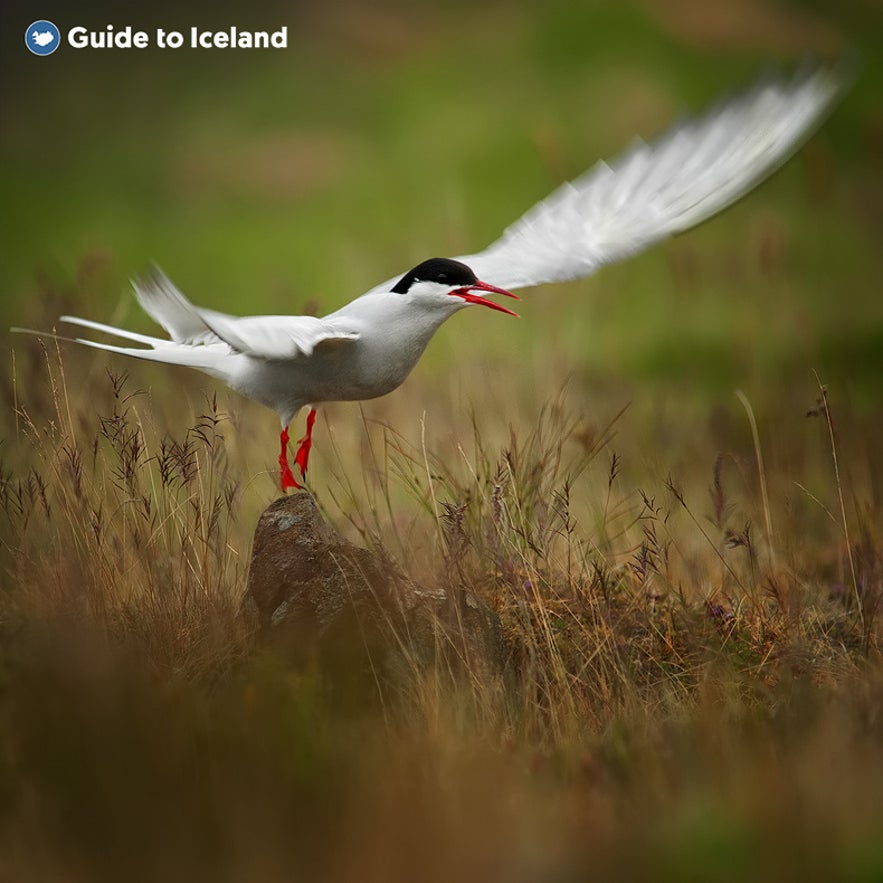
The best time for birdwatching, therefore, is May to September, the months considered Icelandic summer. Visiting in the rest of the year comes with more challenges, as snow covers the capark and a four-wheel-drive is required to reach it.
When birdwatching, it is important to move slowly and not to make loud noises or use flash photography. You should not approach the cliff-edge too close, not only because of the sheer drop into the freezing ocean, but for the safety of the birds.
Some species, such as puffins, burrow into the cliffs rather than nest. If you step above one of the burrows, you could break through the weakened earth and crush the eggs or pufflings within.



